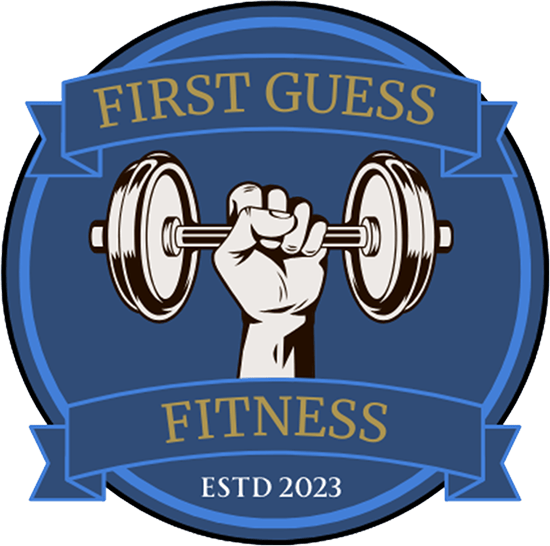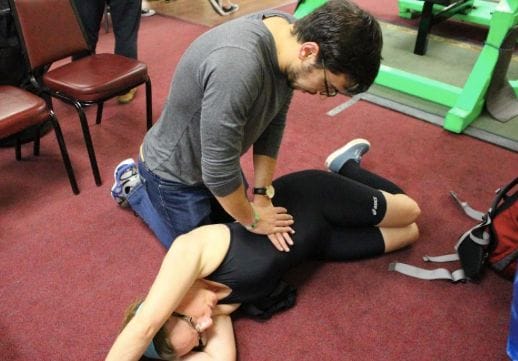“Why Am I in Pain?”
A simple question with a not so simple answer. As a physical therapist, I hear many questions from patients, clients, friends, family, etc. about the nature and cause of their pain. They equate pain to tissue damage (think the scary words: strain, sprain, tear, arthritis, cartilage damage, degeneration, bulging, etc), but I’m here to tell you it’s much more than that….and not always that scary.
Pain is simply a signal from the brain that tells you there is a problem. It often doesn’t tell you the source or cause of the problem, just that there is a problem and something needs to change. This is why there can be discrepancy in MRI findings for people who are in pain. For every person that has knee pain with a meniscus tear,, there is also a person with knee pain that has a normal MRI and a person who has no pain but has what looks like shredded cheese for a knee on an MRI. Many studies demonstrate this, especially in the low back. In a study of individuals that had no back pain, 80% of 50 year olds had disc degeneration (whoa).
So what’s the deal? What causes pain if tissue damage and imaging findings are unreliable? It’s not so much what causes pain, but what influences pain. More often or not, we can not change our anatomy, so we need to focus on the factors that we can control to help influence pain. Below are the top 5 influences on pain that you can take control of today.
Note: Many of these influences play off each other, since nothing lives in isolation. This is good news, because you can hit a lot of them together.
1. Your Movement Patterns (Mobility & Stability)
Every time you walk into AMP, you’re addressing this! Proper training and exercise should target good, healthy, quality movement. This is why we spend so much time on warming up, positioning, proper mechanics, breathing, mobility, stability, etc. Your body craves movement and variability, allowing it to disperse physical stress evenly across your joints and muscles, making everything feel happy and healthy.
Pain will typically creep in when movement patterns become faulty because of mobility (I feel stiff!) and stability (I feel weak!) problems. Stress will accumulate too much or too quickly at a specific area of the body causing pain and/or tissue damage (yes, this can still be the source of pain, but may not be the cause). Luckily, if you catch these movement issues early, they can be a quick fix. Some issues can be corrected through simple cueing and exercise modification by a strength coach, while others may require more hands on work from a clinician.
2. Your Brain (Central Sensitivity)
Here’s where we get into the fun stuff. Pain is a perception generated in the brain. It’s not tangible or measurable in a true objective way. This doesn’t disqualify it as real but rather speaks to the power of perception and the role of our brain. When our brain sends a pain signal, it’s often for a valid reason, but sometimes it’ll send a pain signal without a good reason. I’ll use the home security analogy to explain this:
Your body is the house and your nervous system is the home security system. When an intruder breaks in the window or door (nerves) will trigger the computer (your brain) to set off the alarm. Normally, you would reset the alarm once the ordeal is over, and normal entry to the house will not set off the alarm. With chronic pain (pain lasting > 3 months), imagine that multiple break-ins happen over the course of a few days/weeks and the central computer is never reset. Not only will the alarm go off every time an intruder enters, but even friends, family and your own self will start to set the alarm off. The brain becomes too sensitive to input, regardless if it’s bad or good, and the pain sensation becomes more and more heightened. It becomes harder for you to differentiate what makes the pain worse or better and you get caught in a pain-cycle.
How do we address this?
Well, we start through proper education of how this occurs and reintegration of healthy movement (see #1) with your physical therapist and then coach/trainer. If you know why you’re doing what you’re doing and understand it’s role in establishing improved patterns, you will not only change your movement but your brain. It’s a lot easier and more effective to exercise and stretch when you know why you’re doing it and what the goal is. The brain will begin to desensitize to healthy stimulus, tissues will heal, and you’ll regain control of your pain.
To Be Continued…
Whoa, okay let’s take a break. That’s a lot for just two points. We’ll cover the last 3 in Part II next week, but between now and then I want you to think about how you use your movement and thoughts to your advantage in controlling your pain. Pain is an essential part of life. It can be a positive if we learn to accept the negative and use it to change.
Like it? Check out Part 2!



